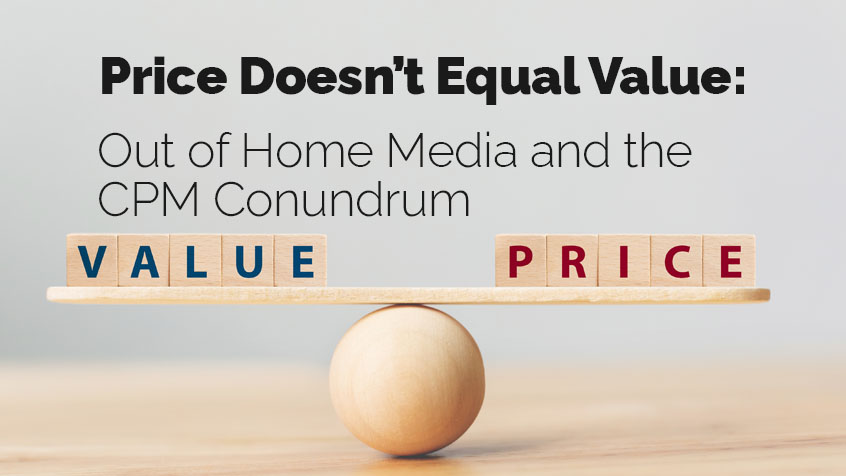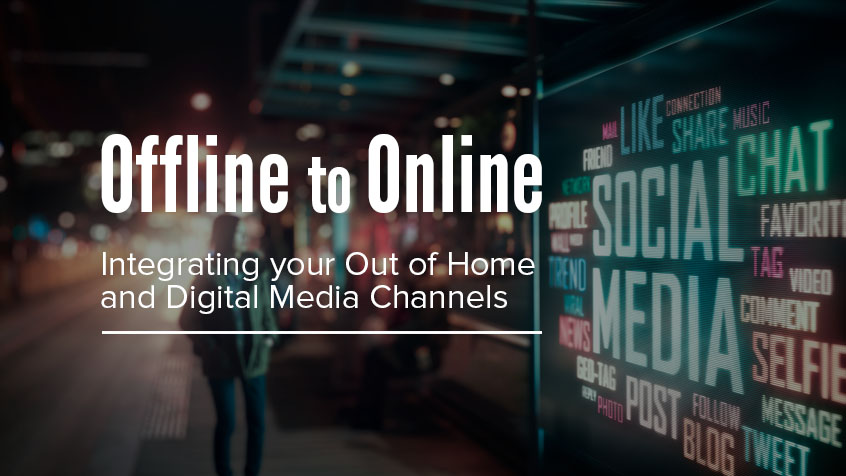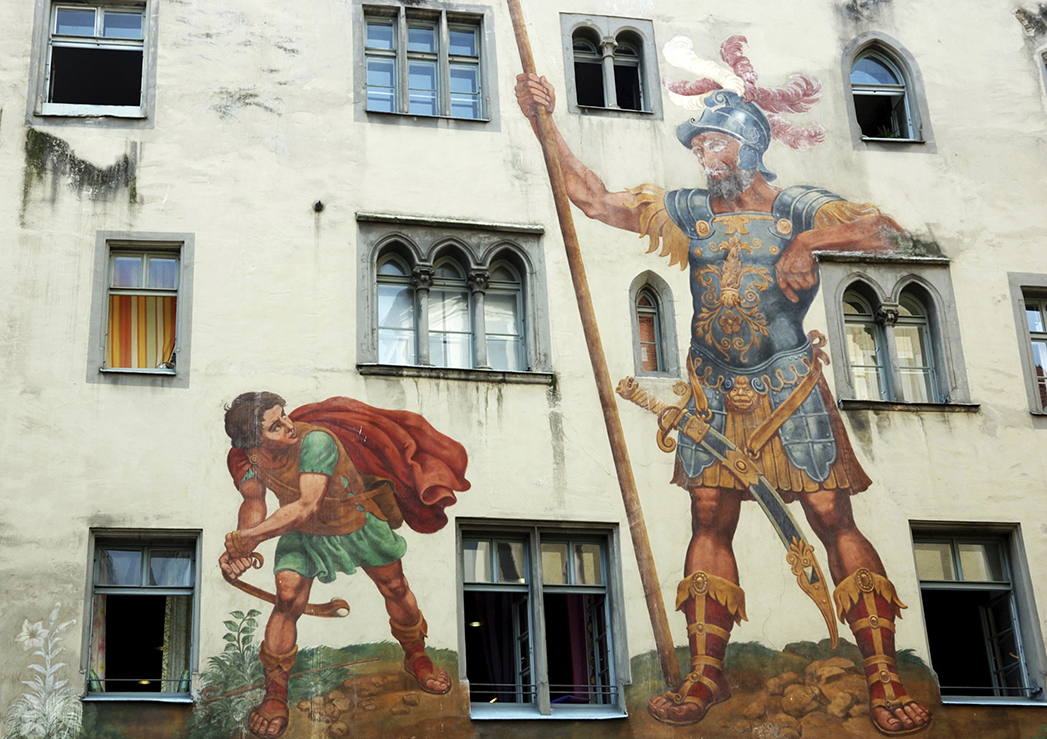If I were to show you a small section of a very famous painting, you probably wouldn’t have much luck identifying it:

If I zoom out to show you twice as much, we’re probably still in the same boat, there’s just not enough information to go on.
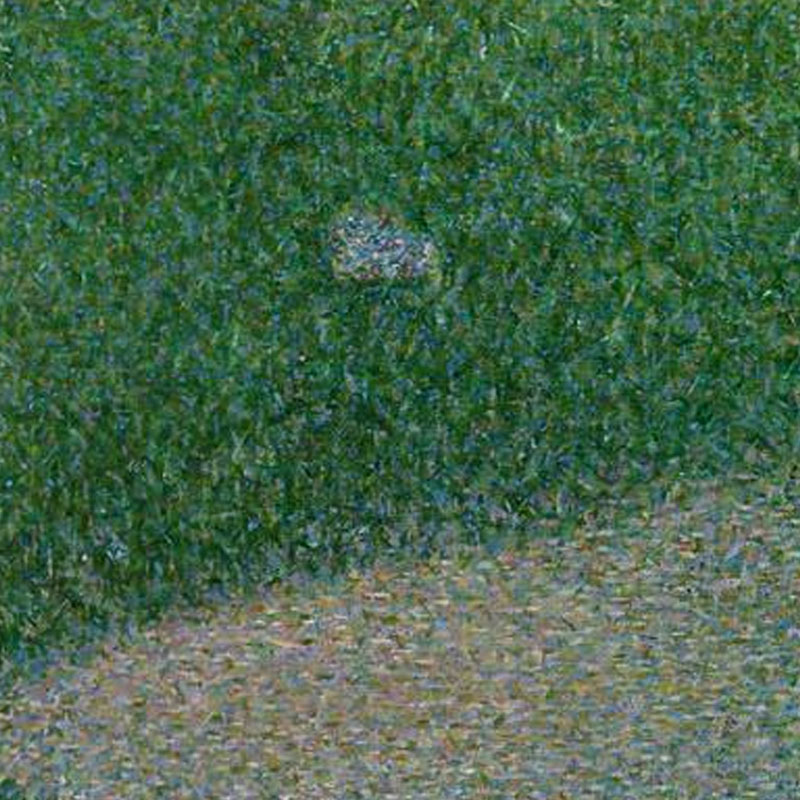
If I give you twice as much again you may begin to have some ideas. If you happen to be a student of the arts you can probably take an educated guess as to the school and the time period. You might think you recognize the color palette or the brush strokes.

But it’s not until we can see the whole picture that we can confidently and accurately identify George Seurat’s neo-impressionist masterpiece “Un dimanche après-midi à l’Île de la Grande Jatte” (A Sunday Afternoon on the Island of La Grande Jatte).
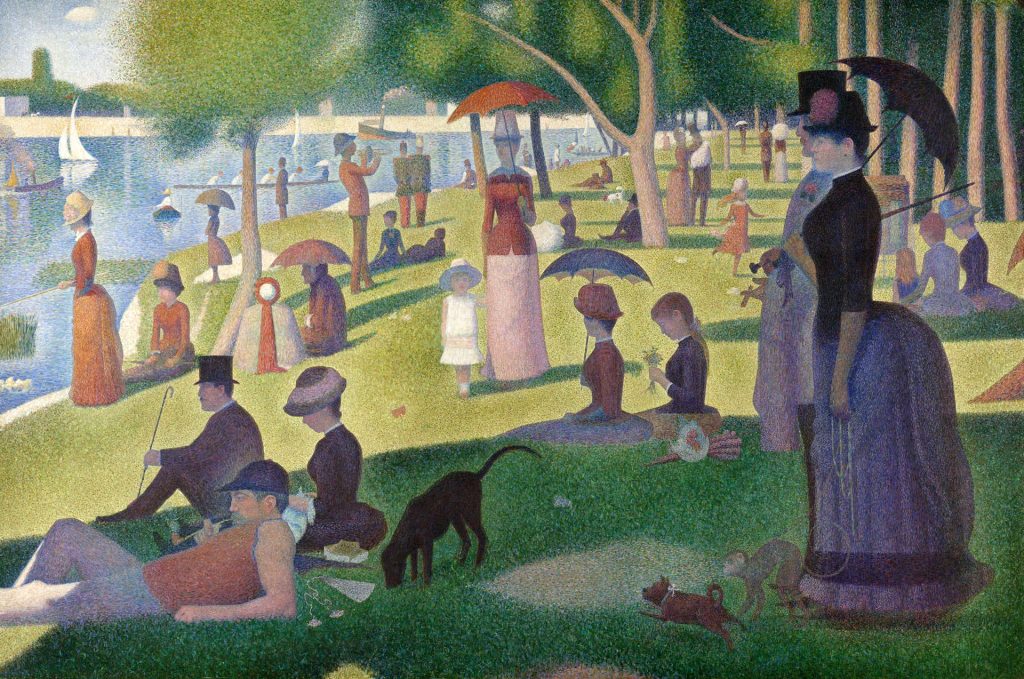
When we focus our attention on one very small detail, just a part of a larger image, or object (or advertising campaign) we are unable to see other very important parts. The impressionists had an innate understanding of this – sometimes you have to take a few steps back to let the details resolve themselves into an image.
If you can’t see the whole picture… you can’t see the whole picture.
The Parable of the Media Planners and the Budget Sheet:
There is a parable that originates from the Indian subcontinent and can be found in various forms in various cultures throughout the region, it is the story of the Blind Men and the Elephant. In short, it goes like this:
A group of blind men hears that a strange new animal – an elephant – has been brought to their village. They decide they must investigate and learn what an elephant is. They go to the elephant and begin to inspect it by touch – to learn about it from its shape and form. The first man touches the trunk and proclaims the elephant is like a snake. The second touches its leg and decides an elephant is like a tree. The third touches the tusk and thinks spear, and so on. The fourth associates the side with a wall, the tail is compared to a rope.
In some versions, the men come to blows over their varying impressions of the elephant, a scene that is probably a little closer to actual meetings in our industry than we would care to admit. But the important point is the men can only describe the elephant based on very limited information about one piece of the elephant. They are all absolutely, positively sure of their conclusions, and none of them are completely wrong, but then, none of them are right either.
They are not looking at the full picture, so to speak.

Marketing Is More Than Impressions:
“So what (other than the rather heavy-handed double entendre on “impressions”) does this all have to do with media?” I hear you cry. Well, quite a bit now that you mention it.
With the meteoric ascendance of digital advertising, media has become commoditized, and marketers have come to place an inordinate amount of importance on CPMs as a stand-alone metric. More and more in discussions with clients, we hear things like “I can get a lower CPM for digital”. But here’s the problem: price does not always equal value.
Looking at the value of an impression based solely on the price is simply unrealistic and ignores numerous other factors that should be taken into account. One media channel or ad format is not the same as the next and weighing those impressions as equal does a disservice to the advertisers, the agencies, and the media.
Some of these factors are simple, observable, concrete aspects tied to the nature of the media. They include things like size, dwell time, proximity, environment, clutter, static vs video vs video & audio, etc. And some of the factors are less directly tangible, but no less important and include things like memorability, brand fame, public perception of the media channel, etc…
First, let’s take a look at some of the more measurable aspects.
The average TV size in the US now is about 55.5 inches. Compared to the 2-3 inches that would account for the most common online ads that would make the average TV ad about 165 times the size of the online. Does that mean a TV ad should cost 165 times as much as an online ad? No, of course not. But it does mean they are not equal. Standard highway bulletins are 14’ x 48’, but to be fair they are viewed from farther away. Still, depending on their proximity to the road and the surroundings some billboards can have an overwhelming physical presence. Is that impression “the same” as a television spot? If all we consider is the CPM we’re not considering this important factor.
Then let’s think about dwell time, or exposure time. A few years ago the IAB codified the standard definition of an impression for online ads to say “At least 50% of an ad must be in view for a minimum of one second for display ads or two seconds for video ads”. Standard TV spots are :15 and :30 seconds, that’s a pretty big difference – should we count those impressions as though they have the same value? Let’s go a step further. The average commuter bus ride in the U.S. is about 45 minutes (that’s about 2700 seconds per ride, but who’s counting). If the advertiser uses interior bus cards, how much more information can be conveyed in that time? How many times will the passenger glance back at the ad? How much easier is it to scan a QR code? How do we account for the variation in dwell time, is the bus card impression really 2700 times more valuable?
Or let’s think about the environment where the ad is seen. How much clutter is there? How much competition for attention? Broadcast television commands the whole screen for 15-30 seconds with no on-screen clutter. But consumers can turn to their phones while the ads are playing or get up to go to the kitchen. In Out of Home, a premium bulletin or wallscapes may have almost no competition, but the interior bus cars will have several other ads close by. Online ads compete with a high level of clutter, with some pages so overloaded that you can’t even see the actual content. How do we account for these differences if all we are looking at is the CPM?

Then there are the less clearly measurable aspects…
We know that adding different media channels together improves the effect of the overall campaign, the different channels reinforce and amplify each other. So how does the media work together, how does digital pick up where TV left off, and how does OOH drive online? And how does that affect our calculations of the value of the ad? A recent study by Rapport showed that Out of Home can boost the effectiveness of television by 17%. Other studies have shown that ad recall more than doubles when the ad is seen on multiple devices (or locations). In practical application that means you could spend less on TV and get the same net effect. How does that affect the value of the OOH? Can that be measured by a simple CPM comparison?
Or let’s consider how memorable the ads will be. Numerous studies have shown that humans encode video more strongly than text, or that we encode multisensory memories more strongly than single senses. So while a banner ad may have a much lower CPM than an experiential activation, it is not nearly as memorable. How do we assess the value of that when making a decision?
Then there’s consumer trust. What media channels do consumers find more trustworthy? Nielsen’s “Global Trust In Advertising Study” found that consumers found TV ads 20% more trustworthy than banner ads. If a consumer finds the channel more trustworthy then by extension we can deduce they are likely to have a more favorable reaction to the ad. How do we factor that into the value equation? Consider the fact that trust levels vary by age group and demographic and the problem becomes even more complex.
Finally, there’s the fame factor. Achieving fame is a powerful driver for business success. And fame can’t be measured by CPM’s. Superbowl ads are extraordinarily expensive, and you could certainly do a lot with that money if you spread it around elsewhere. But what about the fame factor? Some of the best executed Super Bowl ads are still talked about years later. What is the effect of that longevity on the CPM? From the same Rapport study Out of Home was shown to increase the Fame building effects of TV by 72%. What is the value of that amplification effect? How can Out of Home increase brand fame? It certainly goes farther than just the CPM would indicate.
Focusing On the Big Picture:
Mark Ritson summed things up in an interview from 2019, “Your reach might be 1,000. But what is the quality of that reach? What is the context it was served in? What is the attention paid? What is the viewability? The minute you look at CPMs, you turn everything into apples versus apples.”
I realize that the beans have to be counted. Of course, they do, large investments are being made, and businesses need to measure how their campaigns are performing. We all understand that there are multiple business factors that weigh into all these decisions. And none of these arguments are intended to discredit any media channels or claim that one is vastly superior – they all have a place in the marketer’s tool belt. It’s how we evaluate them that’s the problem.
And, this is a complex and diffuse problem, with loads of variables. We’ve raised a lot of questions here for which there are no simple answers. There’s no magic bullet or simple equation that will account for all these disparate factors, and unfortunately, our instincts as human beings are to take the easiest path. But if we are going to do justice to our client’s campaigns, we owe it to them, and to ourselves, to ask that harder questions, to dig deeper, to expend the mental energy to think critically through these problems and find the best solution. A race to the bottom to find the cheapest CPM does not benefit anyone, it just means more wasted money.
Remember that first little slice of “Un dimanche après-midi à l’Île de la Grande Jatte”? If you’re only looking at the CPM of a media channel when planning your campaign, then that’s all you are seeing. Just one small portion of the criteria should be part of your decision-making. CPM’s alone are just a few brush strokes, just a small patch of color.
We have to look at the big picture.

